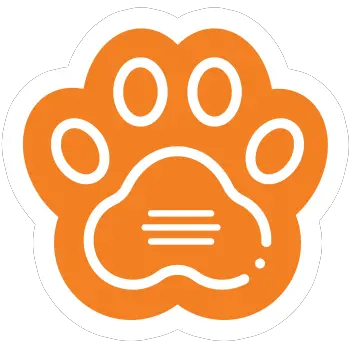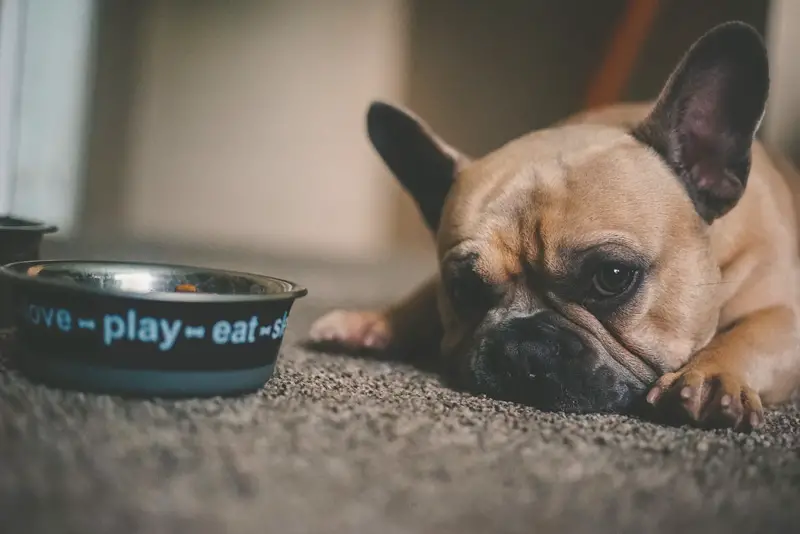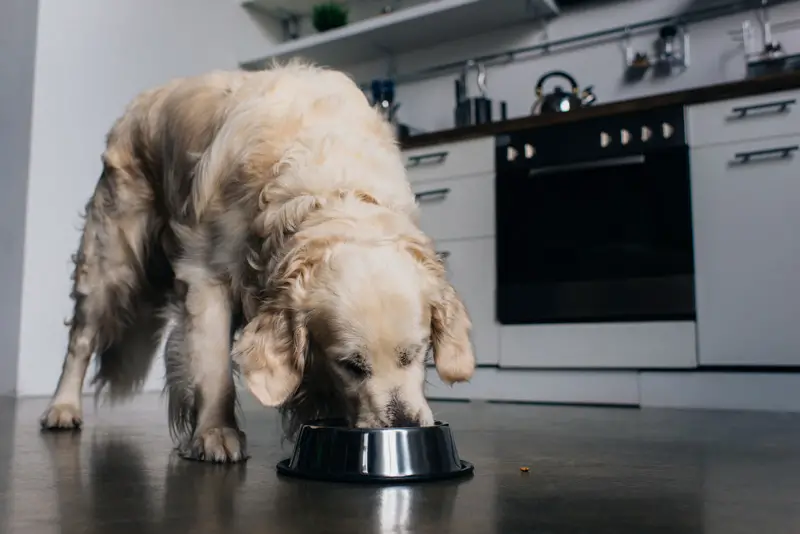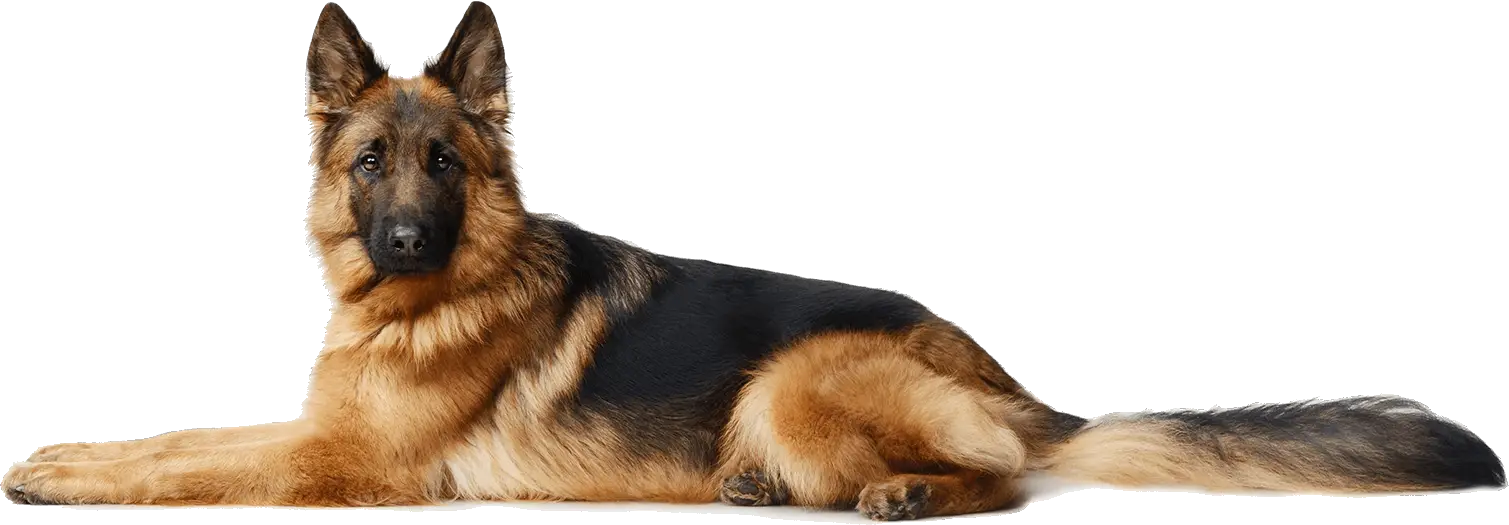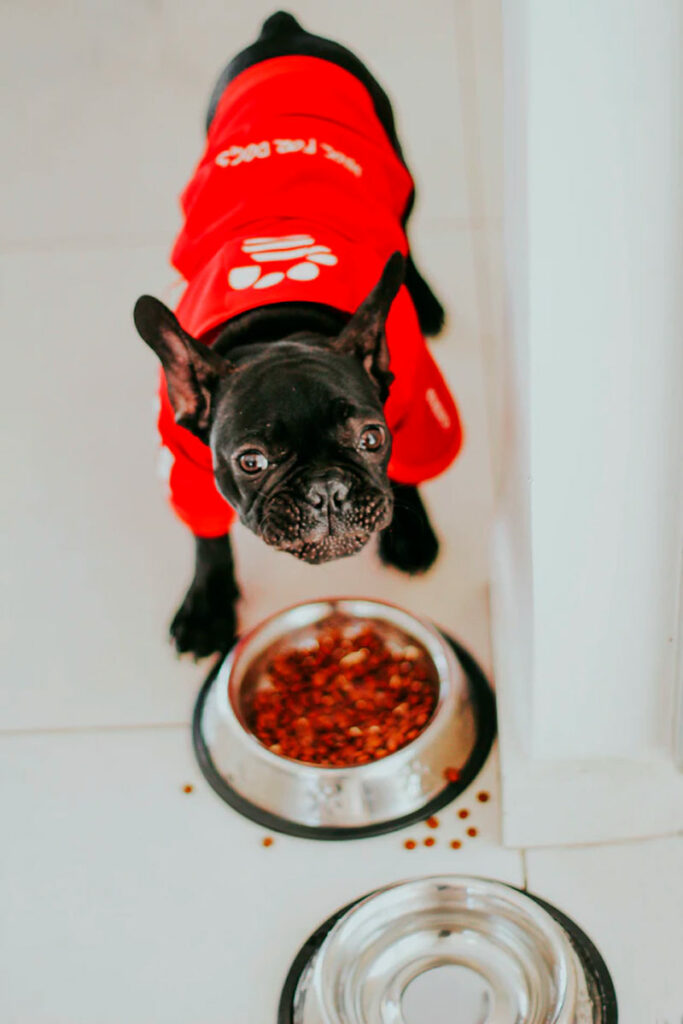How To Make My Dog Eat At Different Times Of The Day
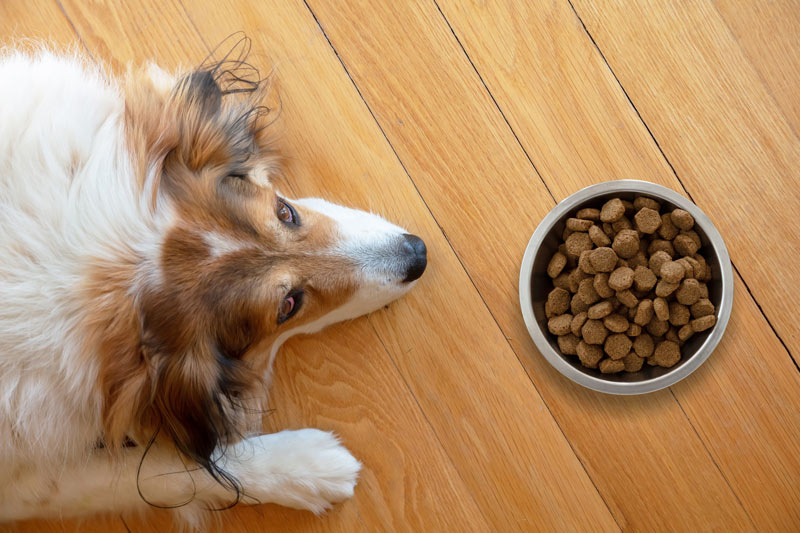
This section will explain some measures that will help your dog consume multiple meals during the day.
Food Quantity Control
Try to reduce the quantity per meal in a step-by-step manner. If you usually feed the dog one cup of dog food at night, reduce it to three-fourths for a few days and observe how they react.
Dogs have a cycle when it comes to eating. So, they know when they need to eat the next meal. But, they do not have a measure of how much to eat. You can control that aspect.
Now that you have reduced the meal size at night, they will be partially hungry during the first half of the day. So, you can feed the next half-meal portion around midday.
Once you repeat this process for a few days, your dog will get habituated to two meals a day; the first one in the daytime and the other at nighttime.
Step-Wise Preponing Of The Meal Time
If the portion control method did not work as intended, you could continue to feed the dog one meal per day but prepone it by 30 minutes every two days.
For instance, if your dog prefers dinner at 9 PM, shift it to 8:30 PM for a couple of days. Then feed them at 8 PM for the next 2-3 days and so on. This method will help in gradually adjusting their digestive cycle without an abrupt change that could be troublesome.
Free-Feeding Mode During Day Time
You can try experimenting with a free-feeding mechanism during the daytime alone. Since your dog prefers meals at night, they may not bother to eat the freely available food during the day.
But seeing the tasty treats up for grabs, it is highly probable that your dog will start nibbling on food during the day, and that leaves them little room for additional meals at night.
You can try this idea if the others do not give the expected results.
Stimulate Your Dog’s Appetite
There are a few tried and proven means by which you can boost your dog’s appetite during the morning/daytime.
- If your canine happens to be a picky eater, try mixing their dry kibble with some warm water. Doing this makes the kibble smell more substantial, and the warm water also aids in better metabolism.
- Take your dog out for a walk and outdoor activities during the morning. This activity will make them burn more calories and get them hungry during the day. Besides, they will also get to spend some quality time with you and strengthen the bond with the owner.
- Make the dog meal more fibrous and vitamin-rich by adding some diced veggies like cabbage or lettuce to the food. This aspect will also help in a smooth digestion cycle.
- Dog’s will also enjoy the daytime meal if you add a bit of bone marrow broth to the food.

